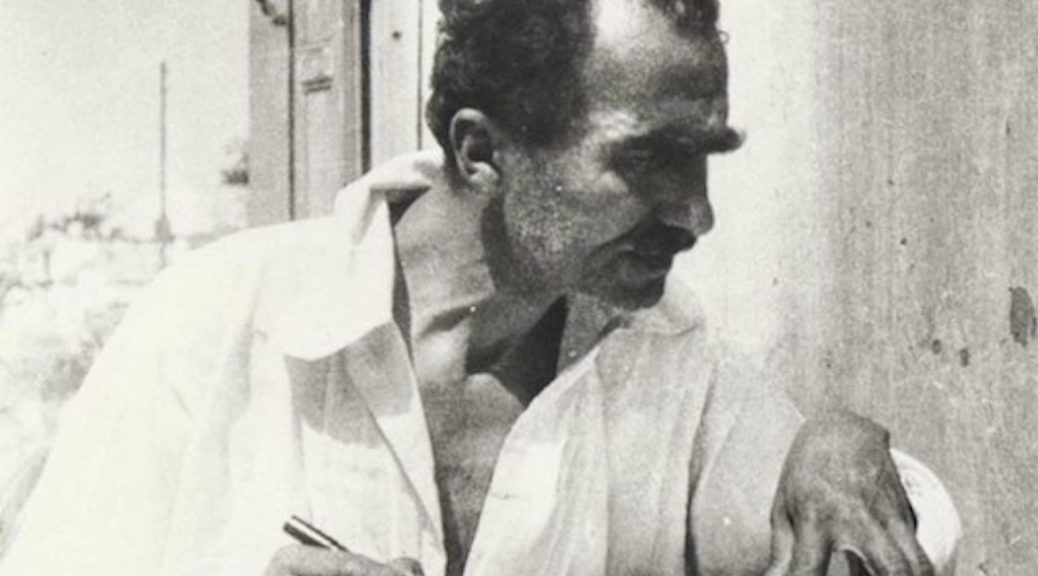
Nikos Katzantzakis
Nikos Kazantzakis is one of the most well-known Cretan figures; a writer, he was born and raised in 1883 in Heraklion. At the age of 6 he witnessed the 1889 revolution, and at 17 saw his country freed from the Turkish yoke. These heroic events in Cretan history influenced him greatly and he went on to make many a reference to them in his writings.
In 1908, at 25 years old, he completed his legal studies and was poised to embark upon his career as a politician, before he turned his attention to his first love, writing. From his very first works, there are clear indications of his future substantial literary career. Influenced by Nietzsche, he translated ‘Thus Spake Zarathustra’. Then, in 1912-13, he fought in the Balkan Wars. During the Interwar period, he traveled continuously, producing important travel books, and also started his translation of the Odyssey.
After the Second World War, he wrote his major titles: Christ Recrucified, Captain Michalis, The Last Temptation, Zorba – and finished his work on the Odyssey after more than 14 years. In almost all his works, his love and admiration for the island of Crete and its people shine forth. He speaks of the ‘Cretan Eye’, their viewpoint, the way Cretans experience life, and also expresses and details their daily deeds and spiritual questing. Nikos Kazantzakis spent the last years of his life in Nice, France. He died on 26 October 1957 at Freiburg after a battle with leukemia while returning from a trip to Japan. He was buried in his beloved Cretan soil. From his tomb on the Martinengo Bastion, high up on the Venetian walls of Heraklion, he surveys eternity. The quote written on his epitaph has remained as popular as his work and sums up his beliefs and cynical view of life, “I hope for nothing. I fear nothing. I am free“. More on the life and works of this great Cretan author can be learned by a visit to the remarkable Nikos Kazantzakis Museum at Myrtia.
Furthermore, there is a room in the Historical Museum of Crete dedicated to him, the displays include some manuscripts and a few personal belongings.